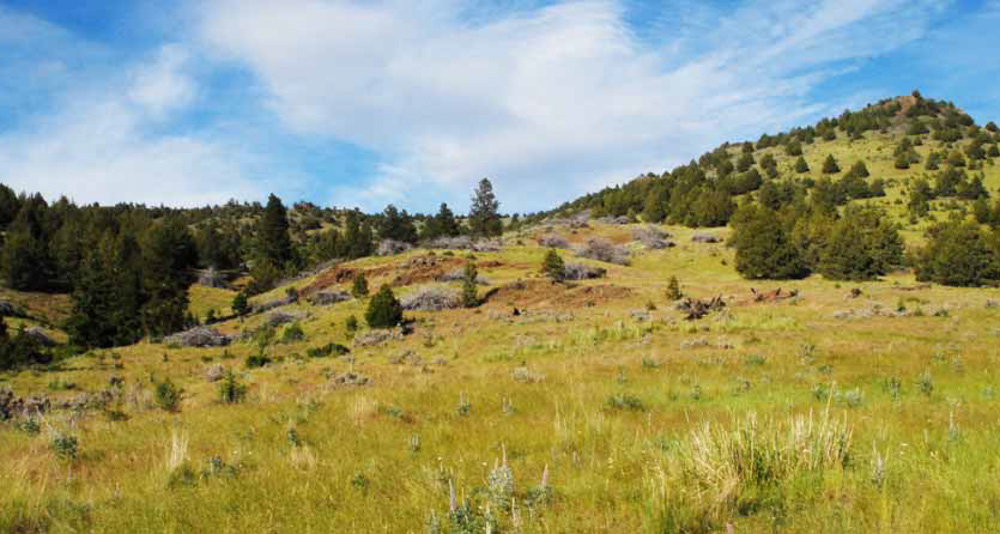The Rocky Mountain Elk Foundation has long agreed with scientific research that thinning encroaching trees from a sagebrush steppe landscape benefits forage for elk and other wildlife. A new eight-year study indicates such habitat enhancement work also greatly benefits sage grouse, a declining upland bird population that relies on such environments.
“In places where junipers were removed, the sage grouse population grew at a rate that was 12 percent greater than in an area where no trees were cut,” Andrew Olsen, Oregon State University researcher, told the Sage Grouse Initiative. “By targeting removal where sagebrush plants were still intact, we bought instant habitat for a declining bird species.”
Sage grouse avoid nesting near conifers because raptors use the trees as lookouts to more easily identify and attack nesting birds. Conifers also remove large amounts of moisture from the soil, thus crowding out native perennial plants needed for food by elk, mule deer and other species.
According to the Sage Grouse Initiative, the western Juniper alone expanded by as much as 600 percent over the last 150 years with 90 percent of that expansion taking place in sagebrush environments.
Some ranchers also partner with Oregon NRCS to have conifer removal take place on their land.
“The big value is that removing conifers gives you a reset,” John O’Keeffe, a rancher near Adel, Oregon, told the Sage Grouse Initiative. “As the trees get thicker and thicker, you lose your understory vegetation and that puts your topsoil at risk. Conifer removal keeps the land in a state where we have native bunchgrass that allow for cattle, grouse, deer, and antelope. Once the conifers get too dense, you lose all of that.”
Over the years, RMEF and its partners provided significant grant funding to implement the removal of encroaching conifers on numerous landscapes.
(Photo source: Rocky Mountain Elk Foundation)
